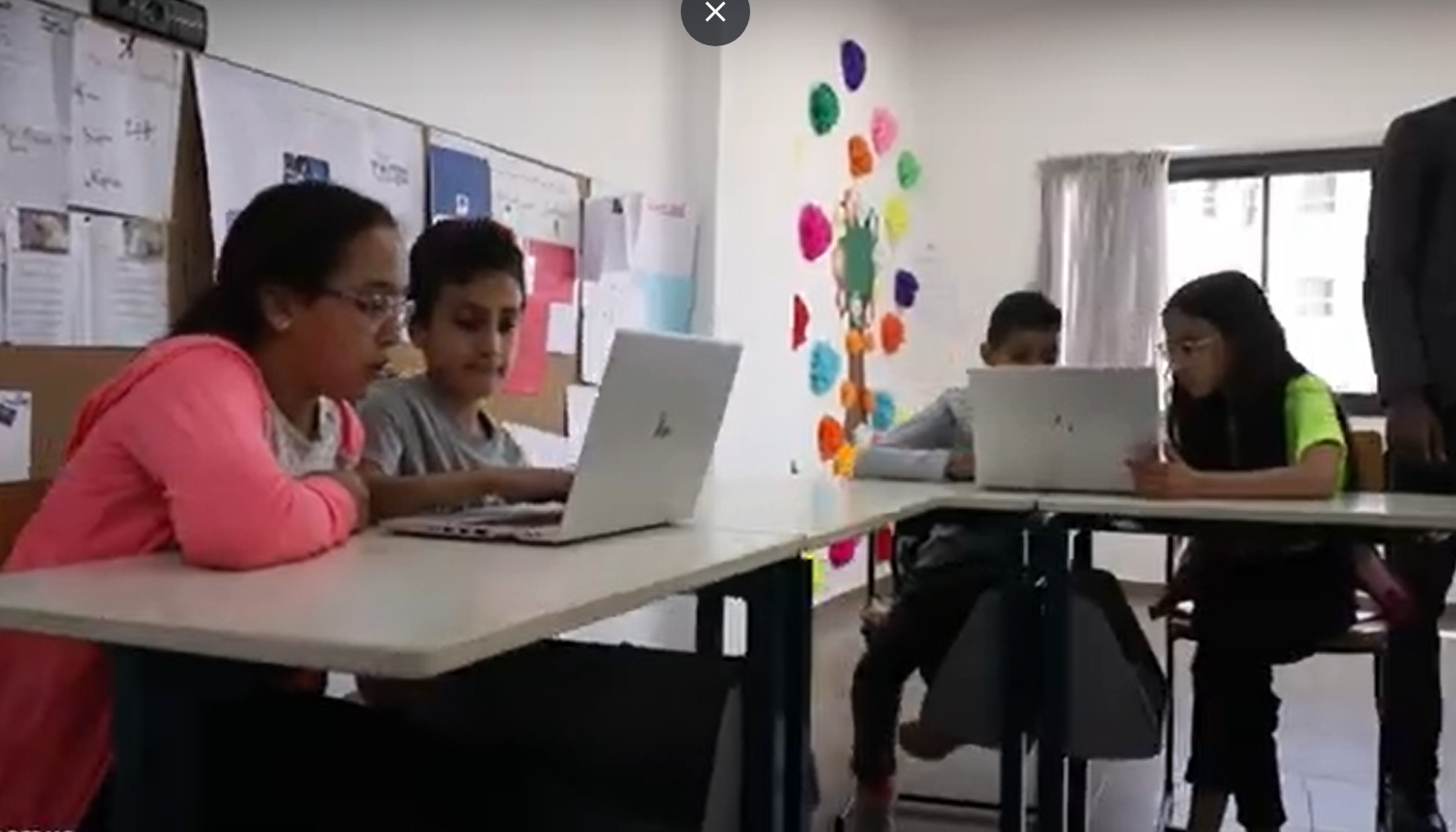Active Engagement
Interactive learning is an approach to education that actively engages students in the learning process through participation, collaboration, and hands-on activities. It moves away from the traditional model of passive learning, where students passively receive information from teachers or textbooks. Instead, interactive learning encourages students to take an active role in constructing knowledge, applying concepts, and problem-solving.
Play Video






